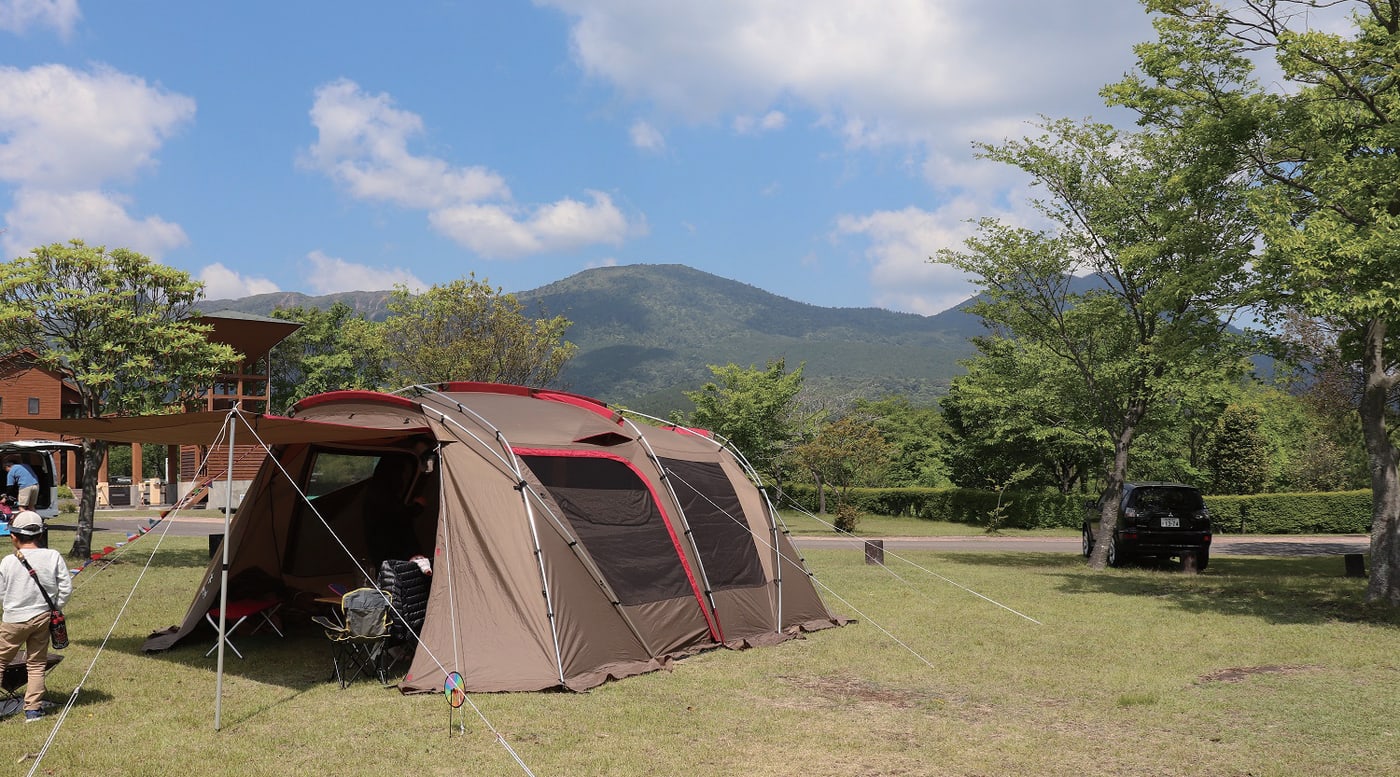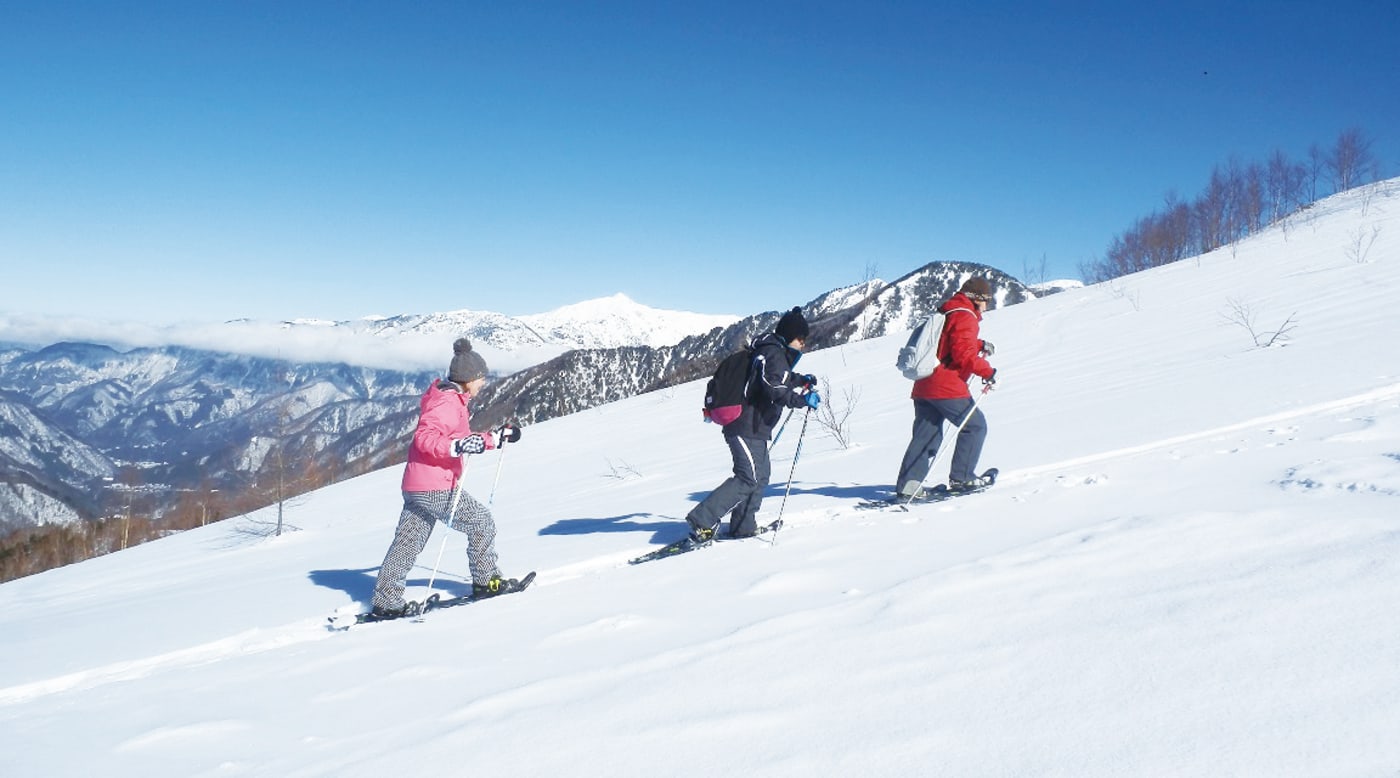
Trekking in Aso-Kuju National Park
Specialized Gear
Challenging hikes and multiday treks require more thorough planning and packing. At the very least, you should have proper clothing, shoes, and a waterproof bag containing a first-aid kit, flashlight or headlamp, and an extra day's worth of food and medication to deal with unforeseen circumstances and emergencies. Temperature and weather conditions can change rapidly during the day, so bring warm, waterproof layers. Depending on the area, you may also need a walking stick or bear bell. Check ahead of time to see if toilets are available along the trail. If they aren't, consider purchasing portable toilets known as keitai toire—sealable, odor-eliminating bags designed to carry waste and toilet paper.
Staying in a Mountain Hut
For multiday treks, draw up your packing list depending on whether you plan to camp or stay in mountain huts and lodges. These shelters typically provide everything you need for a good night's rest, including meals (for a fee), but it's best to research facilities ahead of time. Useful items for staying at a hut or lodge include earplugs to shut out snoring in shared sleeping areas, a towel for the (gender-separated) communal baths, and thick socks since you generally can't wear shoes indoors.

Mount Daisen hiking trail
Roughing It
If you plan to camp, you'll need to carry a lot more equipment, including a tent, sleeping bag, cooking gear, lighting equipment, matches or lighter, and water purification equipment. Also, bring a well-stocked first-aid kit, extra food and medication, and navigation equipment. It is prohibited to build fires in Japan's national parks (unless otherwise indicated). Small camp stoves, however, are permitted.

Camping on Mount Kirishima
Planning Activities
Accommodation that focuses on activities such as skiing or water sports typically offer rentals for everything you'll need. Ski resorts typically have warm clothing, boots and related gear; scuba-diving facilities offer wetsuits and related equipment; and many camping grounds hire out items such as fishing poles and barbecue grills. These accommodations primarily cater to outdoor activity enthusiasts who have no room to store specialist gear at home. (One rental-related caveat: If your clothing or shoe size falls outside Japan's relatively limited standard range, it's better to bring your own items from home.)

Snowshoeing near Hirayu Onsen in Chubusangaku National Park






















